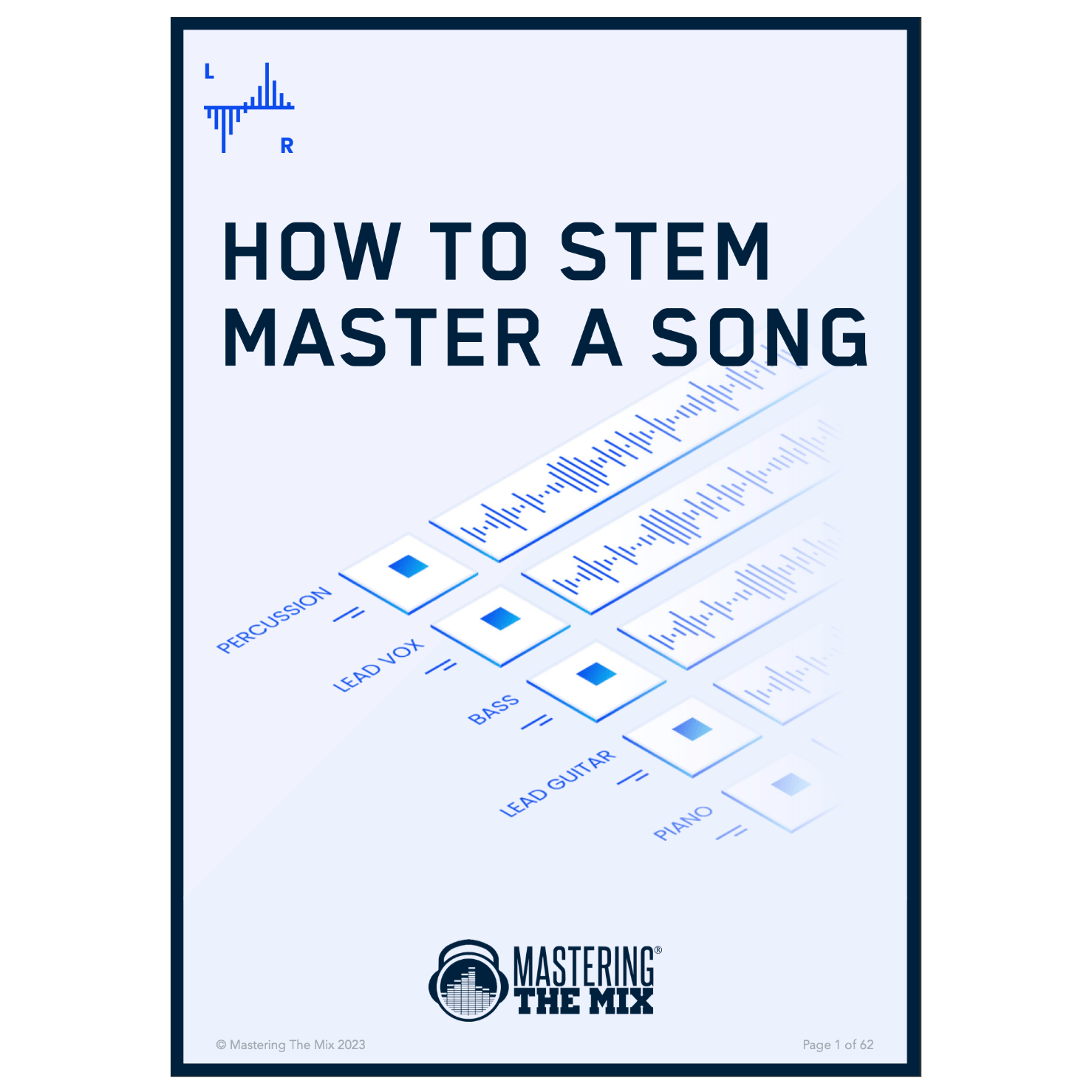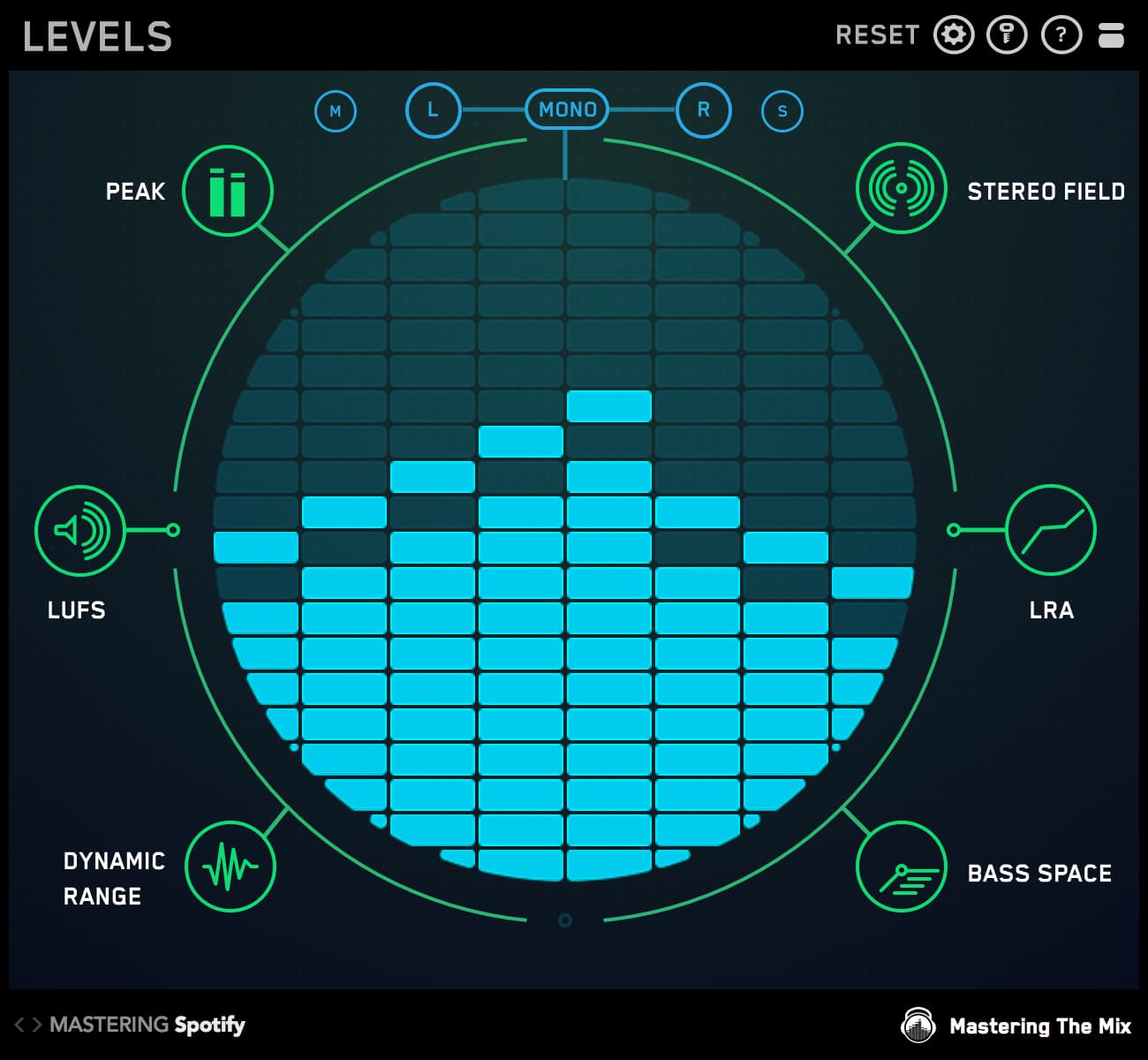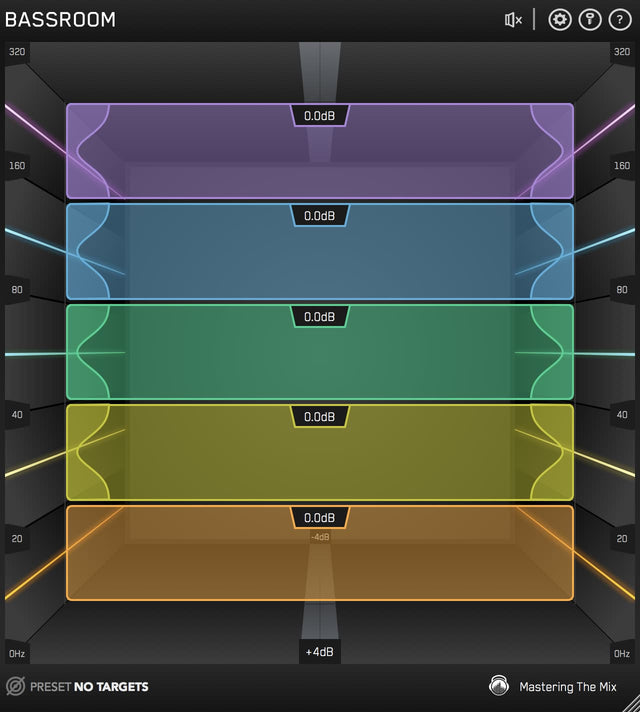Wanna have some fun?
Gather a bunch of recording engineers together and ask them which is better: analog or digital. The pandamonium that follows is sure to be entertaining.
Needless to say, both analog and digital technologies have their own unique pros and cons. In this post, we'll dive into the advantages and disadvantages of each.

There's No Perfect Recording Format
Prior to the mass adoption of digital recording technology, recording engineers relied on high-quality magnetic tape to capture sound. While analog technology gave us what are arguably the most coveted recordings ever created, the engineers of the day were in a constant struggle against limited dynamic range, hiss, dropouts, and wow and flutter.
When digital audio recording first became viable in the 1970s, its proponents extolled it as "perfect." Indeed, digital technology boasted amazing clarity and then-unprecedented dynamic range, plus it was devoid of the hiss, dropouts, and wow and flutter inherent in analog technology.
That said, while early adopters celebrated digital recording technology for its pristine, hiss-free sound, the format came with its own set of complications, such as aliasing, quantization distortion, jitter, and shrill-sounding AD/DA conversion. In fact, many engineers and audiophiles found — and still find — these issues more objectionable than the shortcomings of analog technology.

Analog Audio Explained
Analog, literally speaking, is an analog — a replica or representation — of something. In professional studios, magnetic tape is the highest-quality method for analog recording and playback.
With a tape machine, continuous changes in voltage function as an analog to changes in amplitude, which are stored as magnetic charges on the tape.
During recording, electrical audio signals are routed through a coiled wire surrounding a magnet, which is in close proximity to a reel of magnetic tape. This coil of wire surrounding the magnet is called the record head.
As the tape passes through the magnetic field created by the record head, the particles along the tape are magnetically charged. The magnitude of the magnetic charges along the tape is analogous to the changes in the amplitude of the audio signal sent through the coil of wire.
When the tape is played back, the reverse happens. The charges on the magnetized tape create continuous changes in voltage on the playback head, which can then be routed to an amplifier and played through a transducer.
Since analog systems rely on continuous physical measurements, their accuracy of representation is limited by how precise your machine is calibrated, as well as by the characteristics of your storage media and playback system.

Digital Audio Explained
Unlike analog, digital recordings don't make use of continuous amplitude measurements. Rather, digital technology relies on samples, or static pictures of a sound at a specific point in time.
A single sample doesn't indicate changes in a waveform. Therefore, digital technology creates an approximation of a real-world sound by stringing multiple samples together.
During recording, a real-world sound is routed through an A/D converter, which converts analog voltage into digital information. This digital information can then be stored and manipulated in the same manner as any other computer data.
When played back, the digital signal is routed through a D/A converter, which converts the digital information back into analog voltage, which can then be sent to an amplifier and played back through a transducer.
Since digital recordings rely on momentary snapshots, their accuracy of representation is limited by the number of bits, as well as how many samples, that are employed.

Limitations of Analog
Many analog adherents are quick to point out the theoretical shortcomings of digital audio while failing to recognize the physical limitations of analog audio.
To start with, the rate at which magnetic tape passes the record head affects the quality of the recording. For example, a faster tape speed (the pro standard is a brisk 30 ips) yields greater frequency response, less hiss, and shorter dropouts than a slower speed.
Beyond that, the width of the tape affects the quality of your recording. Wider tape allows for a higher-quality recording with fewer dropouts.
One of the biggest drawbacks to analog recording is its inherent self-noise, which results in an audible noise floor. What's more, exceeding the intended dynamic range of analog tape (which can be a rather nebulous number) results in a type of harmonic distortion called saturation.
It should be noted that although tape saturation detracts from a recording's accuracy and transparency, it creates an ear-pleasing sound that's actually desirable in some instances. Many digital recording systems include emulations of tape saturation, just to capture this sound.
Analog playback systems are also prone to mechanical imperfections resulting in unintended changes in frequency. This is known as wow and flutter.
The maximum dynamic range of a professional magnetic tape machine is typically less than 80dB, and their upper frequency limit, although theoretically unlimited, can reach as high as 30kHz on really high-end systems in real-world applications.

Limitations of Digital
Digital recording technologies have just as many sonic problems as analog. That said, the problems inherent in digital formats are much more predictable than with analog.
The dynamic range of a digital system is determined by its bit depth, with each bit representing 6dB. Thus, a 16-bit system will yield 96dB or dynamic range and a 24-bit system will yield 144dB of dynamic range.
While digital systems boast a greater dynamic range than their analog counterparts, exceeding this range doesn't result in a pleasant harmonic saturation. Rather, you end up with quantization errors, which cause an ear-splitting, very undesirable form of distortion.
In other words, analog systems are still usable if you exceed their intended dynamic range, while digital systems are NOT usable if you exceed their intended dynamic range.
Digital systems are also limited by their sampling rate, which is governed by the Nyquist Theorem. The Nyquist Theorem states that the maximum frequency range of a digital system is one-half its sample rate.
Therefore, a digital system with a 44.1kHz sampling rate will be limited to a roughly 22kHz maximum frequency, a 48kHz system will be limited to a 24kHz maximum frequency, and a 96kHz system will be limited to a 48kHz maximum frequency.
Exceeding these upper frequencies results in what's known as aliasing, which is a ringing pitch in the audible range even though the actual audio is above the audible range.
To prevent aliasing, digital systems employ anti-aliasing filters in their A/D stage that prevent audio above the Nyquist frequency from entering the system. This, of course, means that digital systems purposely exclude some real-world audio information (albeit outside the realm of normal human hearing) during the recording stage.
Lastly, digital systems are prone to jitter, which refers to an instability in the clock speed of sample playback. This can result in unwanted clicks, pops, and other errors.
Most pro-level systems employ high-quality digital clocks that effectively safeguard against jitter.

Real-world Applications
In real-life studio applications, it's nearly impossible to argue against the superiority of modern digital recording.
Analog tape records audio in a linear fashion. Thus, if you want to locate a specific point in a recording, you need to rewind and/or fast-forward to that specific spot on the physical medium.
Likewise, if you want to make edits to an analog recording, you need to physically splice the tape with a razor blade and reassemble it. Worse yet, if you make a mistake, there are no easy solutions to reverse it.
In a modern DAW, life is much easier. You can copy, cut, and paste at will with a simple keyboard command, and if you make a mistake, you can hit the "undo" button — everything is non-destructive.
Moreover, digital processors can accomplish feats that engineers in the analog age never dreamed of. For example, our MIXROOM plug-in analyzes your audio, then provides you with a logical starting point from which you can tweak your track.

Back in the day, you had to suffer a lot of trial and error with a hardware equalizer to get to the same logical starting point.
Likewise, our RESO plug-in identifies problematic resonant frequencies, then guides you on how much reduction is necessary to dynamically resolve them. This is so much faster and easier than the old-school "sweep and destroy" method, it barely merits a comparison.

The power of the latest DAWs and plug-ins, as well as their ability to perform functions that we couldn't even imagine in decades past, is undeniable. Beyond that, plug-ins fit into your laptop, allow dozens of instantiations, and are instantly recallable.
Which Sounds Better?
Make no mistake, analog hardware sounds great. It has an almost magical warmth that's difficult to achieve with digital processing.
Digital plug-ins don't include real transistors, photocells, capacitors, or transformers; they can only mimic them. That's why running your mix through a couple of hardware Pultecs — even with the controls at zero — makes everything sound better.
Doing the same thing with software doesn't quite deliver the same effect, as plug-ins don’t contain the same magic fairy dust as hardware (it’s not really magic — like we noted previously, it’s transistors, photocells, capacitors, and transformers).
Plus, there's something to be said for the visceral feeling of pushing real buttons and turning real knobs on a piece of analog gear.
But, what about analog-modeled plug-ins? Do they sound like real hardware?
That’s difficult to answer definitively. After all, your real-world hardware 1176 probably doesn't sound the same as everybody else's hardware 1176s.
For the most part, each individual hardware unit has its own unique — albeit subtly unique — sound, even if they came off the same assembly line. Beyond that, as analog components age, they tend to sound different over time.
So, which sounds better? The truth is one doesn't sound better than the other, and a quick look into any professional engineer's studio demonstrates that pros use both.
World-class engineers use what works for them, so we recommend that you use what works for you.

Aging Gracefully
Everything ages, but not everything ages gracefully. Case in point: software.
When you update your computer's OS, your plug-ins can stop working. Then you update your plug-ins to work with your DAW. Then the plug-ins stop working with your hardware.
The only way to avoid this is to use an old DAW and old plug-ins on an ancient computer.
The great thing about analog hardware is that it does the same thing today that it will do 20 years from now. Indeed, microphones, XLR cables, and hardware preamps and compressors still do what they were designed to do.
That said, while analog hardware may be future-proof, it's not guaranteed to work forever — it still needs maintenance. After all, transistors blow, resistors fry, and capacitors dry out.
And there's no guarantee that these worn-out components will still be available after your gear craps out on you. This means you'll need to replace them with their "modern equivalents," which may or may not sound the same as the vintage parts.

Conclusion
It's a great time to be a recording engineer. Both analog and digital technology has never been as powerful — and as affordable — as it is in the present.
Keep following our blog for more tips, tricks, and musings about recording, mixing, and mastering!









